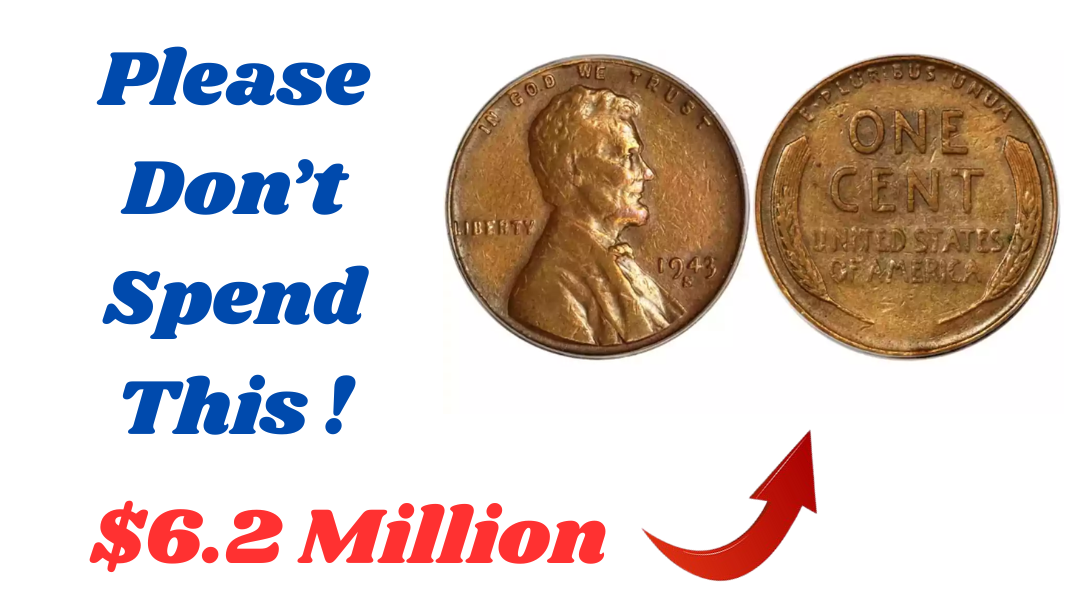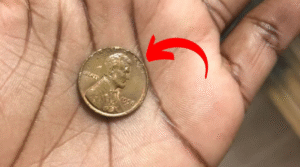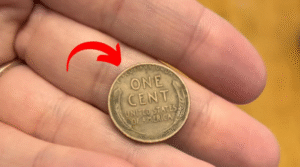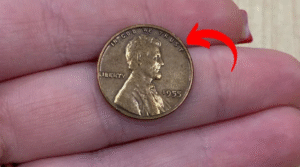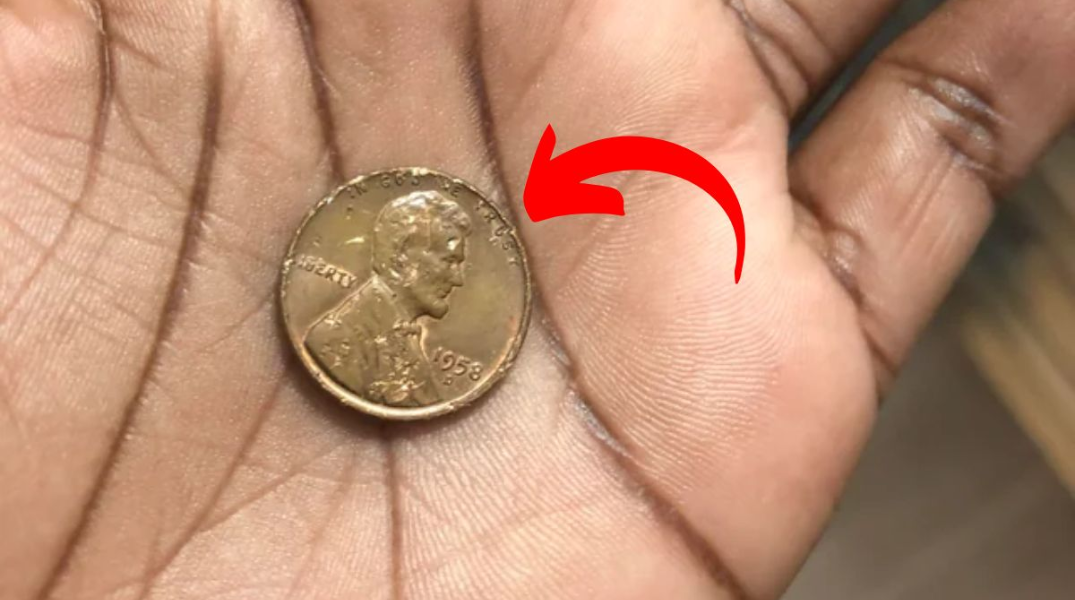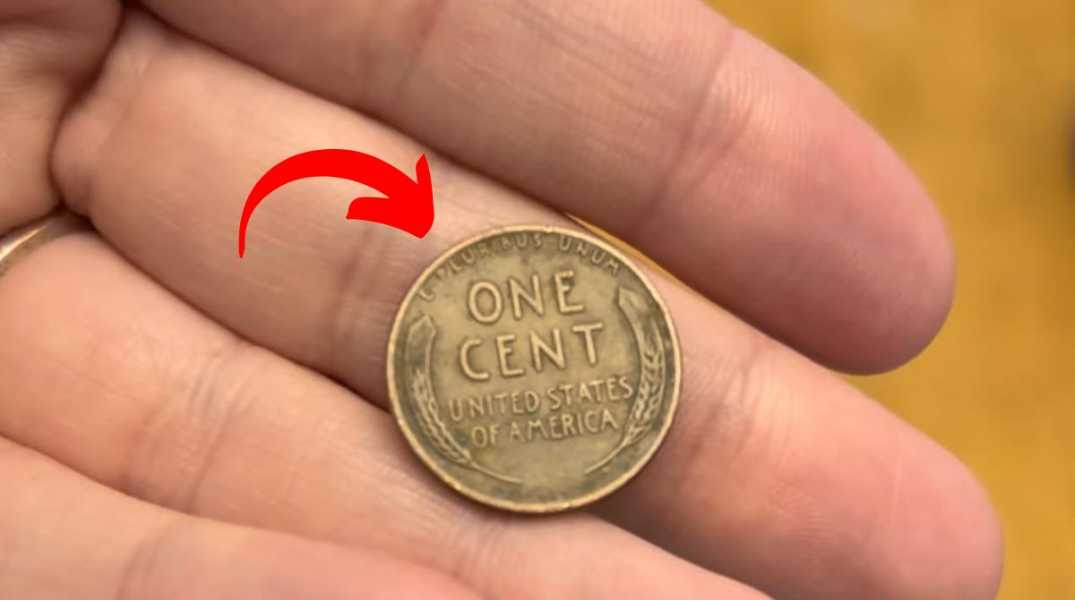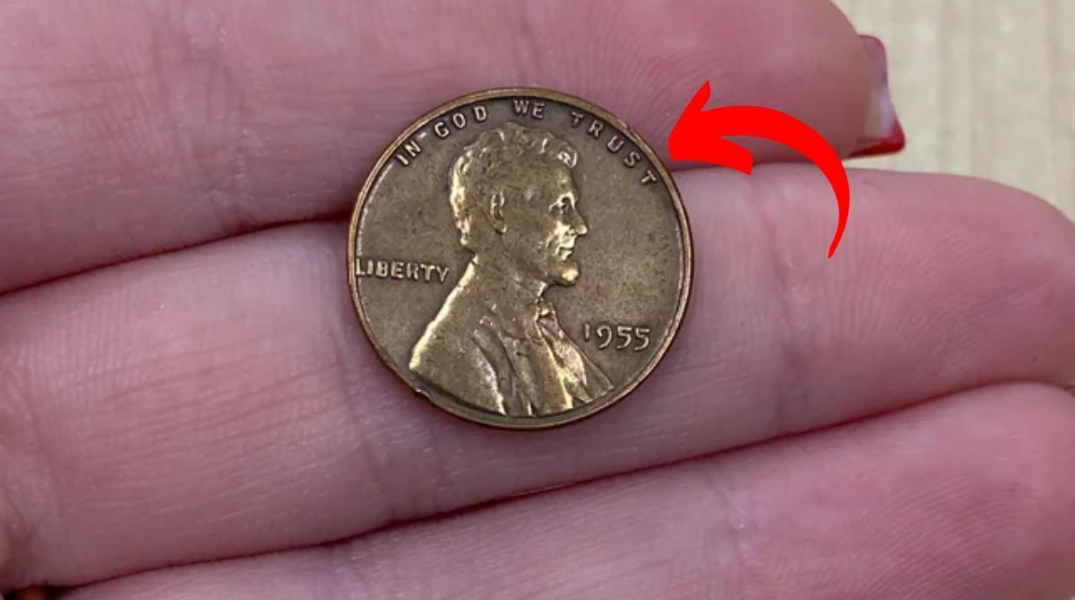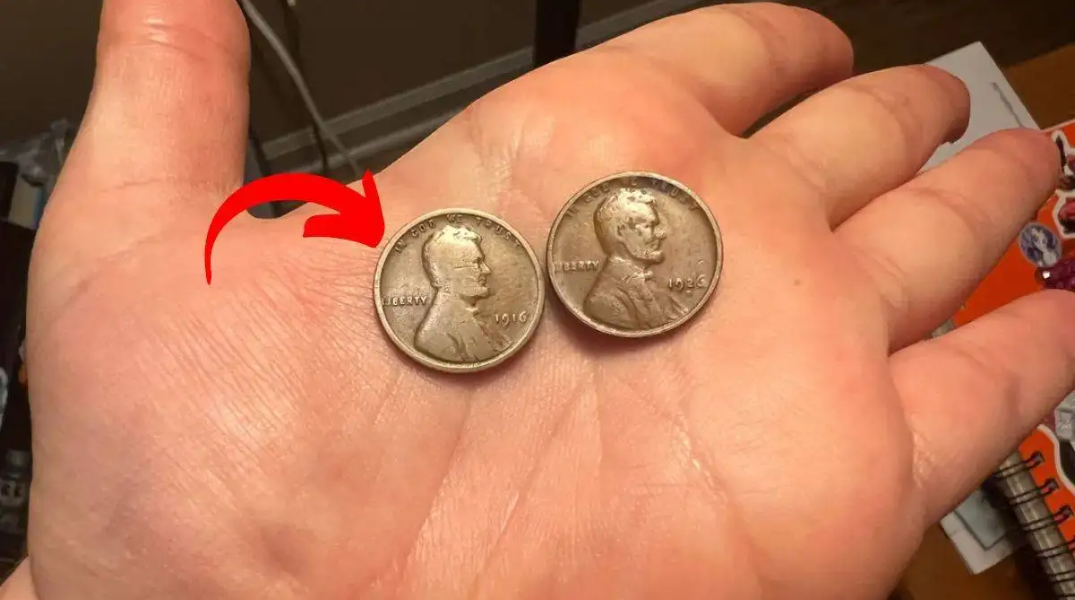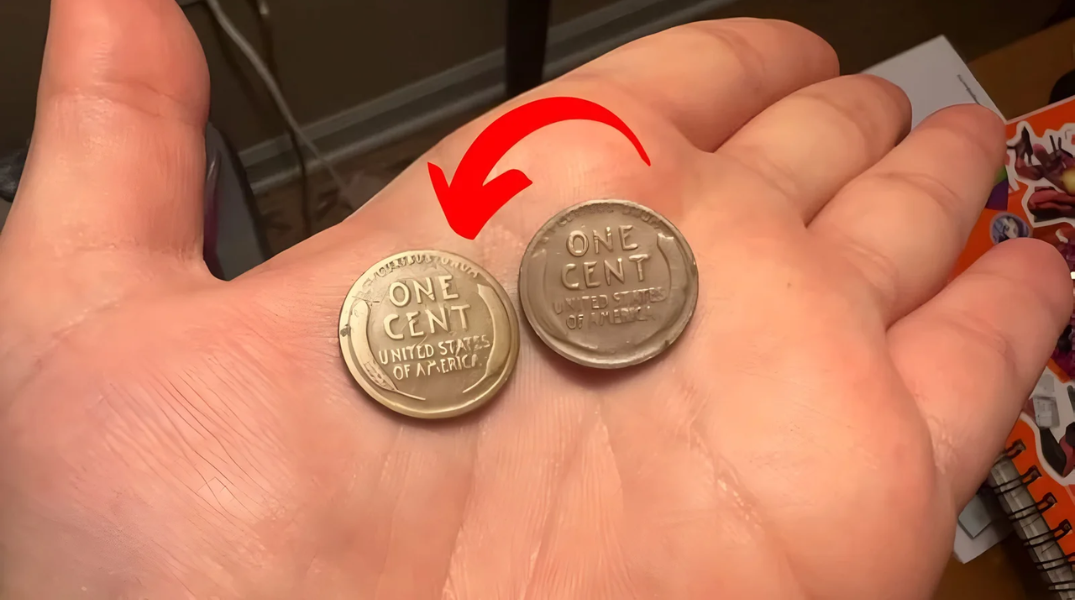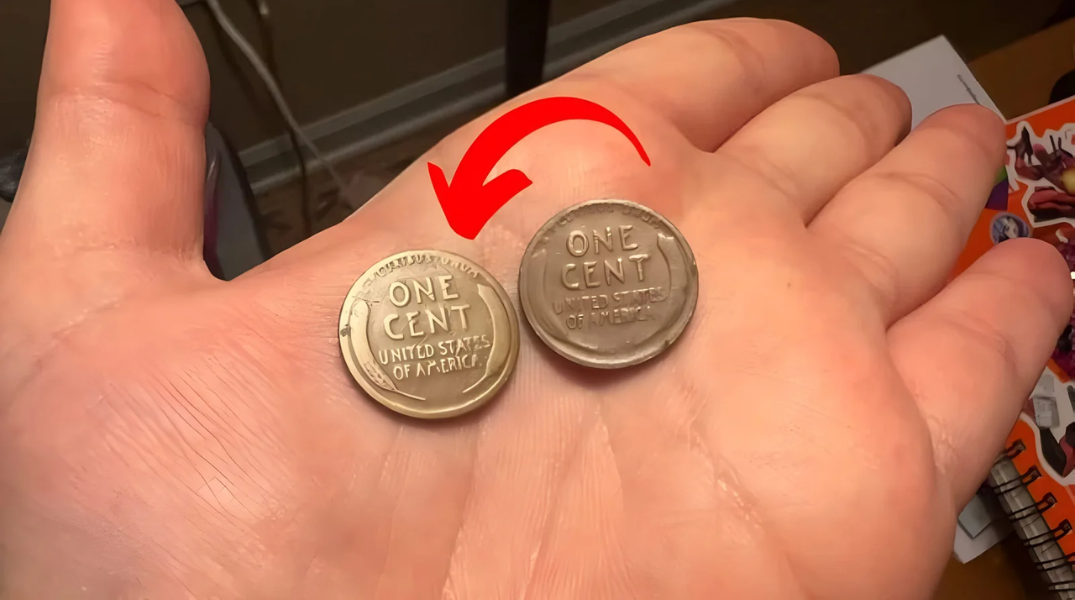Have you ever walked past a penny on the sidewalk without thinking twice? Most of us overlook these small copper coins as nearly worthless relics of a bygone era. But what if that humble penny in your pocket was worth a fortune? In one extraordinary case, a rare Lincoln Wheat Penny was valued at a jaw-dropping $6.2 million, making it one of the most prized coins in American history. Even more astonishing: other valuable specimens may still be lurking in old jars, drawers, and everyday circulation.
A Cent Fit for a President
The Lincoln Wheat Penny made its debut in 1909, commemorating the 100th anniversary of President Abraham Lincoln’s birth. It was the first U.S. coin to feature a real person instead of an allegorical figure. Designed by sculptor Victor David Brenner and introduced during President Theodore Roosevelt’s tenure, the coin’s obverse displays Lincoln’s profile, while the reverse features two graceful wheat stalks framing the words “ONE CENT” and “UNITED STATES OF AMERICA.” This simple yet powerful design earned it the nickname “Wheat Penny.”
A Million-Dollar Mistake: The 1943 Bronze Penny
During World War II, copper was needed for wartime ammunition and equipment, leading the U.S. Mint to temporarily switch from copper to zinc-coated steel for penny production in 1943. These steel pennies had a distinct silvery appearance. But in the rush of war production, a few copper planchets (blanks from 1942) accidentally remained in the presses. The result? A handful of 1943 Lincoln Cents struck in bronze — never meant to exist.
These error coins are among the rarest in American numismatics. Estimates suggest that only 20 to 30 authentic bronze 1943 pennies exist across the Philadelphia, Denver, and San Francisco Mints. One specimen from the Denver Mint (1943-D) fetched $6.2 million, while another sold for $1.7 million in 2010.
Hidden Fortunes in Ordinary Places
In 2019, a family in Massachusetts found a 1943 Bronze Penny tucked away in a relative’s collection. They sold it for more than $200,000. That story revived dreams for collectors and everyday people alike: could a life-changing coin be sitting forgotten in your change jar or handed over at a cash register?
How to Spot a 1943 Bronze Penny
Think you’ve struck copper gold? Here’s how to spot a potentially valuable 1943 Bronze Penny:
- Color: Bronze coins are brownish-copper, while the common 1943 steel ones are silvery.
- Magnet Test: Use a magnet. Steel pennies stick; bronze ones do not.
- Weight: Bronze pennies weigh about 3.11 grams; steel pennies weigh closer to 2.7 grams.
- Mint Mark: Look below the date. No letter means it was minted in Philadelphia. “D” indicates Denver (the rarest), and “S” means San Francisco.
If a copper-colored 1943 penny passes these tests, get it authenticated by a grading service like PCGS or NGC immediately.
Other Wheat Pennies That Can Make You Rich
The 1943 Bronze Penny isn’t the only Lincoln Wheat Penny worth a fortune. Here are others collectors seek:
- 1909-S VDB: Featuring Brenner’s initials, quickly removed due to controversy, making early issues rare.
- 1914-D: Low mintage makes it highly collectible.
- 1922 “No D”: An error coin where the Denver mint mark was mistakenly left off.
- 1944 Steel Penny: Another wartime error — the reverse of the 1943 mistake. A few steel planchets were used in 1944 when production was supposed to return to bronze.
These coins can sell for thousands or even hundreds of thousands, depending on condition.
The Thrill of the Hunt
One of the most thrilling aspects of coin collecting is its accessibility. You don’t need to be a millionaire to join the hunt. People have found rare coins in parking lots, on sidewalks, or passed down through family. Each Lincoln Wheat Penny is a tiny piece of history, circulating through decades of American life — from the Great Depression to the Cold War.
And with valuable coins like the 1943 Bronze Penny still out there, the next million-dollar discovery could be in your very own pocket.
FAQs About Rare Wheat Pennies
Q: How do I know if my Wheat Penny is valuable?
A: Start by checking the date and mint mark. Then research known valuable varieties like the 1909-S VDB, 1914-D, 1922 No D, 1943 Bronze, and 1944 Steel. If you think it might be rare, have it authenticated by a professional service like PCGS or NGC.
Q: Are all 1943 pennies valuable?
A: No. Most 1943 pennies are made of steel and worth just a few cents to a few dollars in circulated condition. Only the copper/bronze versions are worth large sums.
Q: Can I find valuable coins in circulation today?
A: Yes, although rare. Valuable coins still pop up in circulation, coin jars, or inherited collections. Keep an eye out!
Q: What is the most valuable Lincoln Wheat Penny ever sold?
A: A 1943-D Bronze Penny sold for $6.2 million, making it the most valuable Lincoln Cent ever recorded.
Q: How do I sell a valuable coin?
A: First, have the coin graded by a reputable third-party grading service. Then contact professional coin dealers or auction houses specializing in rare coins.
Final Thoughts
The story of the Lincoln Wheat Penny — especially the elusive 1943 Bronze variety — is a reminder that extraordinary value can lie in the most unassuming places. Every coin has a story, and sometimes that story is worth millions. So, next time you spot a penny on the ground, don’t walk past it. Pick it up. Examine it. You might just be holding a piece of history worth more than gold.
